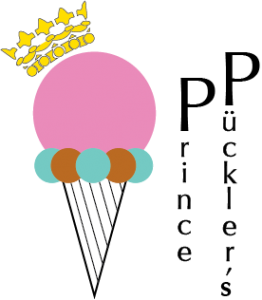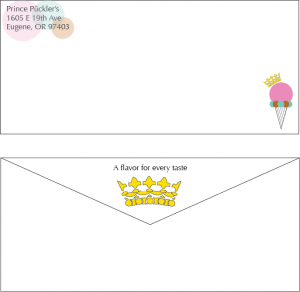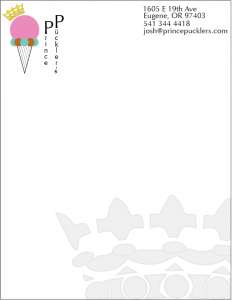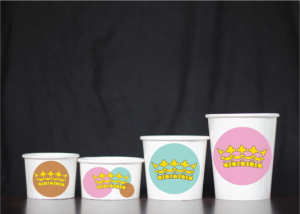Here is my personal learning environment based on one of my favorite leisure activities: baking!
PLE
When thinking about how to characterize my learning environment, a recipe was one of the first things to come to mind not only because I love baking and using/manipulating recipes but also because it actually was a good representation of how I best learn. Like a recipe, my learning environment consists of a variety of different aspects that must be combined in different proportions to optimize my learning and the enjoyment thereof. From there I analyzed what the different ingredients in a simple recipe – classic chocolate chip cookies – accomplish and how those roles correlate with the various “ingredients” of my learning.
Flour: The substance – Flour is the base of a huge amount of dessert recipes. It’s rather flavorless but totally crucial. In my PLE, this represents that tools that I use to gain a lot of my base knowledge: books, google, wikipedia and the like. Not always the most glamorous or interesting, but totally essential for gaining foundational knowledge.
Sugar: The sweetness – What is dessert without sugar? The represents what I would call “leisure learning,” or things that I really enjoy learning about and consider learning about them a hobby. Two of the big ones in this category include Duolingo and Lang-8, both of which are language learning sites. I am really passionate about learning languages. One of my undergrad degrees was in Spanish, and I grew up in a multi-lingual family (though English was the main language spoken at home). Because classical and choral singing is one of my passions (and will appear in a later category) I was exposed to a huge breadth of different languages from old Latin to Swahili, and learning about the words that I was singing about always interested me. These days, I use these sites to gain deeper understanding of languages that I only have cursory knowledge of. The Oxford English Dictionary is in this category (though many would probably put it in the flour category) because English was my other undergrad degree and studying the English language brings me a lot of joy. Finally, Khan Academy is on there because I’m using it to start learning very basic coding, which is essentially like learning another language.
Butter and eggs: The texture – Butter and eggs, either in combination or separately depending on the recipe are big determinants of the texture of a dessert: whether something is cakey, doughy, gooey etc. I defined texture in my learning as things that influence my learning from the outside world; how does gaining broader information texture my understanding of my own world? Most of the members of this category are my favorite news sites: New York Times, NPR, and BBC. I also put the classical music station in Eugene, KWAX, in because I feel like it textures my learning in its own way. Instead of giving me glimpses all over the world now, it gives me a glimpse to a specific part of the world farther in the past. Plus, it’s great study music!
Baking soda: The form – Baking soda is so important because it helps to make some desserts rise and shape into the form that we know and love. Thinking about form, I thought about where much of my learning takes form. Right now, the main place it does is here in AAD. As a student, my learning takes form in all of my classes and doing all of my work, and as a GTF for the department it takes form in professional applications of past experiences and skill development. I also put the design software in here because design really does fall under the categories of professional development and skill building.
Salt and Vanilla: The brightness – If you miss adding the little bit of salt and/or vanilla that a recipe calls for, you’ll probably still have a pretty good dessert, but it will taste somewhat one-dimensional. For me, these are the things that enrich my life and learning so much that I don’t feel complete without them: aerial dance, reading, and singing. Circus arts are probably my biggest passion and what keep me sane throughout the year. There’s something about the combination of strength, flexibility, and balance with a touch of adrenaline that helps to clear my head, train my body, and focus my spirit. Reading is a wonderful way to escape from the realities of life and visit, for a short time, a completely different world and live a completely different life. I’ve been a singer my whole life and singing always makes me feel centered. Creating music is such a soulful act that, like the others in this category, fill me with light.
Chocolate chips: The fun – If there are any chocolate chips left by the time you have to add them to the batter, they make a great addition. “Fun” might not be the best word for this, because most of the other ingredients in this PLE are fun in their own way. These are my procrastination, slacking, and all-important break tools. Sometimes, you just can’t read another chapter or another article or do anymore research and you need to veg on the internet, stalk some high school friends on Facebook, play a round or two of Mario Kart, or shoot fireballs into the horizon in Skyrim. I think playing hard is just as important to learning as studying hard is. Besides, can you imagine chocolate chip cookies without chocolate chips?




